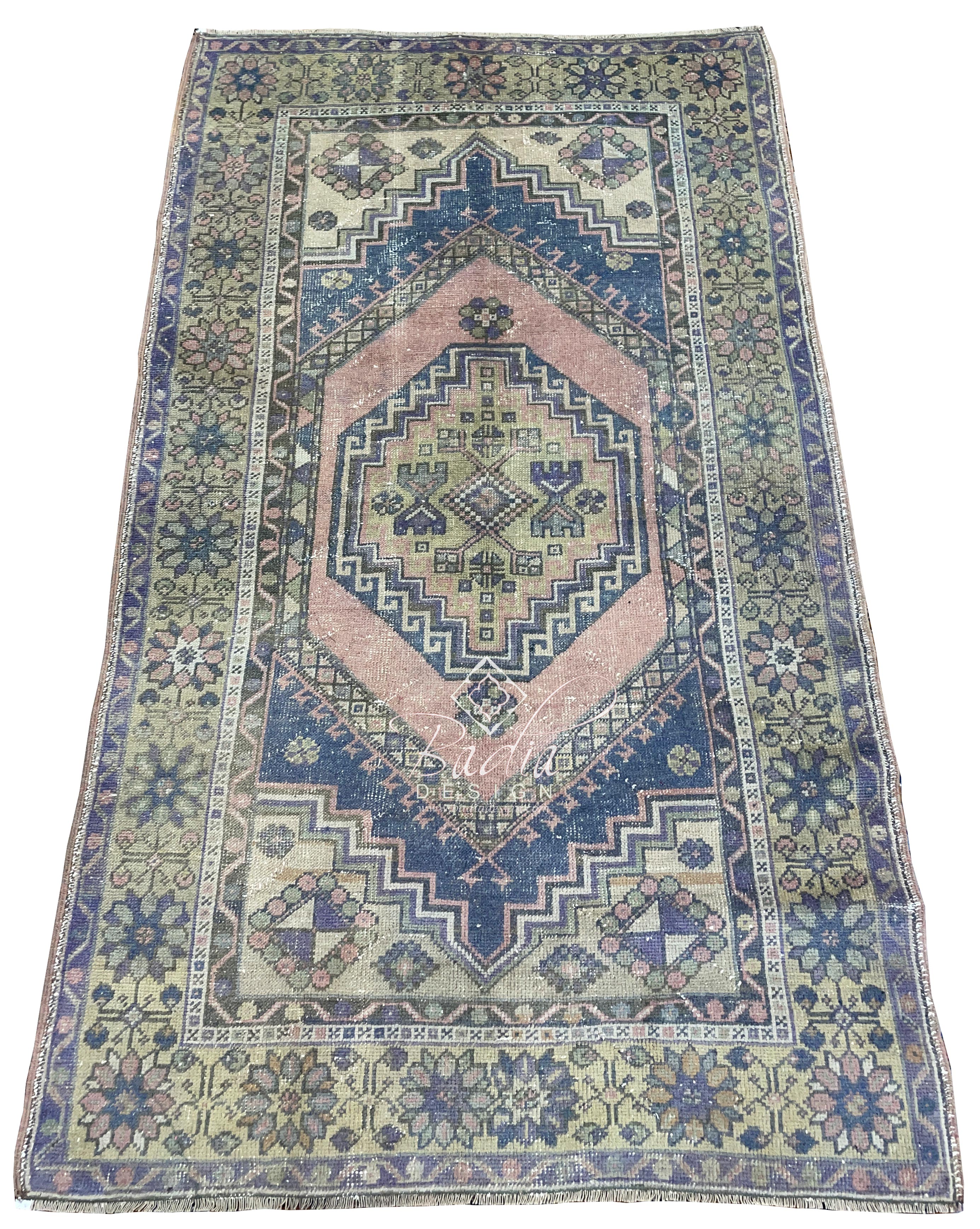Affordable Moroccan Berber Rugs
Moroccan Berber Rugs: A Fusion of History, Artistry, and Timeless Elegance
Moroccan Berber Rugs have captivated residents check here and businesses worldwide with their rich history, meticulous artistry, and incomparable adaptability. Whether you are furnishing a comfortable living room, a modern office space, or a luxurious hotel, these rugs serve as more than just functional items—they are pieces of art with a story to tell. In this article, we’ll explore the rich origins of Moroccan Berber rugs, the meticulous craftsmanship behind their creation, their exceptional longevity, and practical tips for styling them in modern spaces.
The origins of Moroccan Berber rugs can be traced back millennia to the Berber tribes of North Africa. These indigenous groups, with their deeply rooted traditions, developed rug-weaving techniques as a practical response of their migratory way of life and diverse climates.
Each Berber rug tells a story, often expressed through patterns and designs unique to the tribe or family that created it. Motifs often symbolize themes like protection, nature, or fertility, giving each rug a profound heritage. Originally, these rugs were crafted for utilitarian purposes, such as providing warmth during harsh winters in the Atlas Mountains or acting as soft bedding in arid desert regions.
During the 20th century, these rugs were popularized by architects such as Le Corbusier and Frank Lloyd Wright, who used them in prestigious projects. Now, these rugs are highly sought after for their elegance and rich tradition.
The production of Moroccan Berber rugs is an elaborate art form handed down through generations. This craftsmanship embodies a deep connection to heritage and artistry.
These rugs are made from materials like wool, camel hair, and cotton, renowned for their durability and softness. Wool stands out for being both durable and cozy, as well as for its natural warmth. The wool is usually spun by hand, resulting in a one-of-a-kind finish.
Weaving these rugs is an elaborate process, requiring great patience and effort on traditional looms. The knots—whether Beni Ourain’s soft, flowing look or the tighter weave of Azilal rugs—shape its beauty and resilience.
Artisans rely on natural dyes from the environment to achieve the vivid tones seen in Berber rugs. Neutral shades dominate Beni Ourain designs, while brighter Azilal and Boucherouite pieces feature striking colors like red, blue, and yellow.
The longevity of these rugs is one of their standout qualities. As a result, they’re an excellent fit for homes and work environments.
The use of high-quality natural fibers ensures that Berber rugs hold up over years of use. Wool’s elasticity and stain resistance contribute to their durability.
Cleaning and maintaining a Moroccan Berber rug is relatively simple. Regular vacuuming, spot cleaning with mild detergent, and occasional professional cleaning will keep them looking pristine for years.
Styling Moroccan Berber Rugs in Contemporary Interiors
Incorporating Moroccan Berber rugs into contemporary interiors is easier than you might think. Their versatile designs and textures can complement a wide range of styles, from minimalist to bohemian.
1. Create a Focal Point in the Living Room
A large Beni Ourain rug can serve as the focal point of your living area. The rug’s muted tones and clean lines bring cohesion to the space and exude coziness.
2. Add Color to Neutral Spaces
If your space leans toward a monochromatic or minimalist aesthetic, a vibrant Azilal or Boucherouite rug can introduce a pop of color and visual interest. These rugs work particularly well in neutral-toned rooms, where they serve as a focal point.
3. Layer Rugs for Texture
To create a warm, layered look, place a smaller Berber rug atop a larger rug made from natural fibers like jute or sisal. This combination not only adds depth and texture but also highlights the intricate details of the Berber design.
4. Enhance Workspace Aesthetics
Moroccan Berber rugs are perfect for adding elegance and warmth to professional spaces, including offices and lounges. The artisanal craftsmanship of these rugs radiates authenticity and refinement.
5. Use as Wall Art
Some Moroccan Berber rugs are so visually stunning that they deserve to be displayed as art. Hanging a rug on the wall can add a unique touch to your home or business, showcasing the craftsmanship and cultural heritage of the piece.
Reasons to Invest in Moroccan Berber Rugs
For both homeowners and businesses, Moroccan Berber rugs represent a blend of practicality, aesthetics, and cultural significance. These rugs are built to last, and their classic designs remain relevant despite evolving decor trends.
Sustainability and Ethical Production
Berber rugs are often made with environmentally responsible and sustainable techniques. Purchasing these rugs helps preserve artisan traditions while enriching your decor with sustainable beauty.
Increasing Value Over Time
Vintage or unique Moroccan Berber rugs tend to grow in worth over the years. They are both functional decor and collectible assets.
